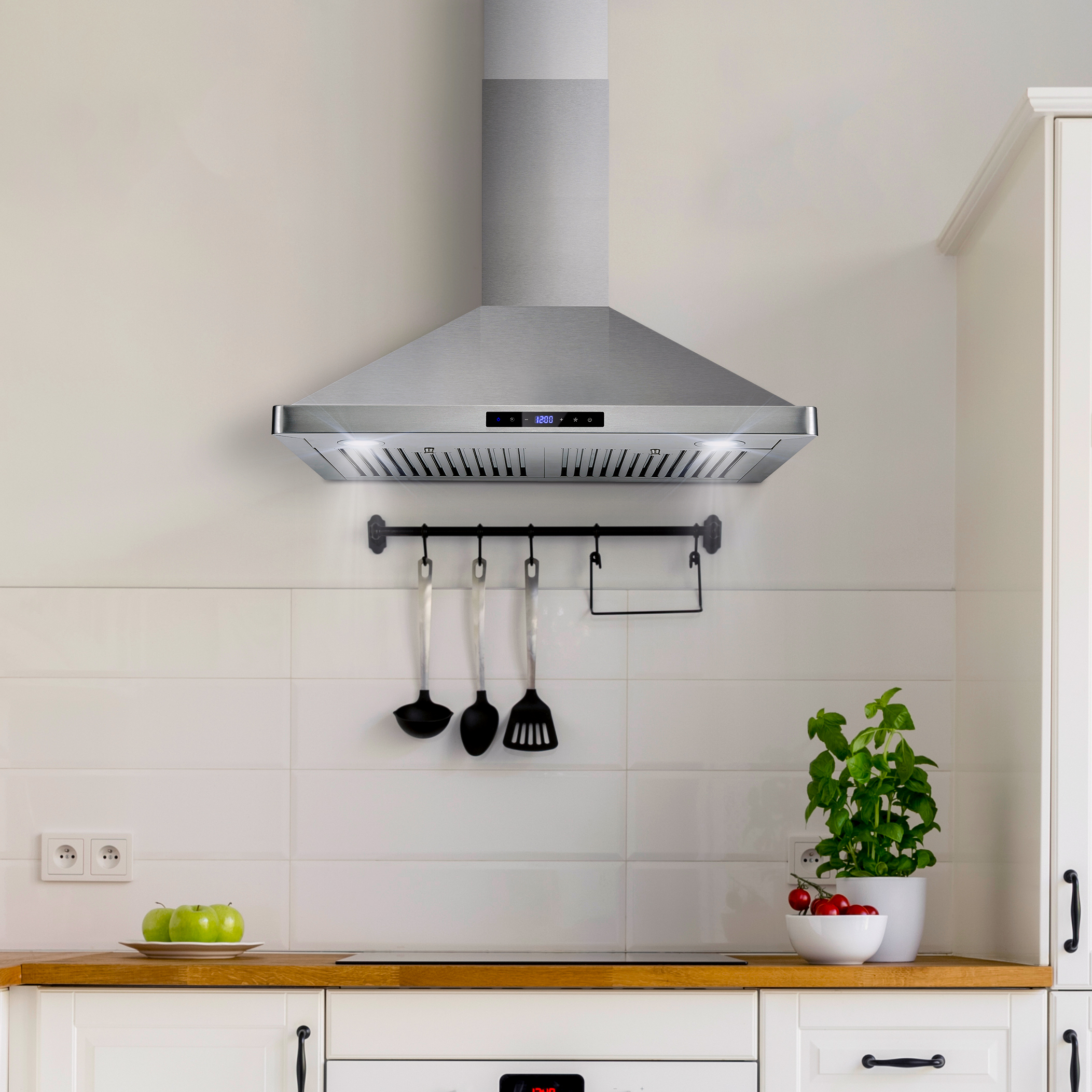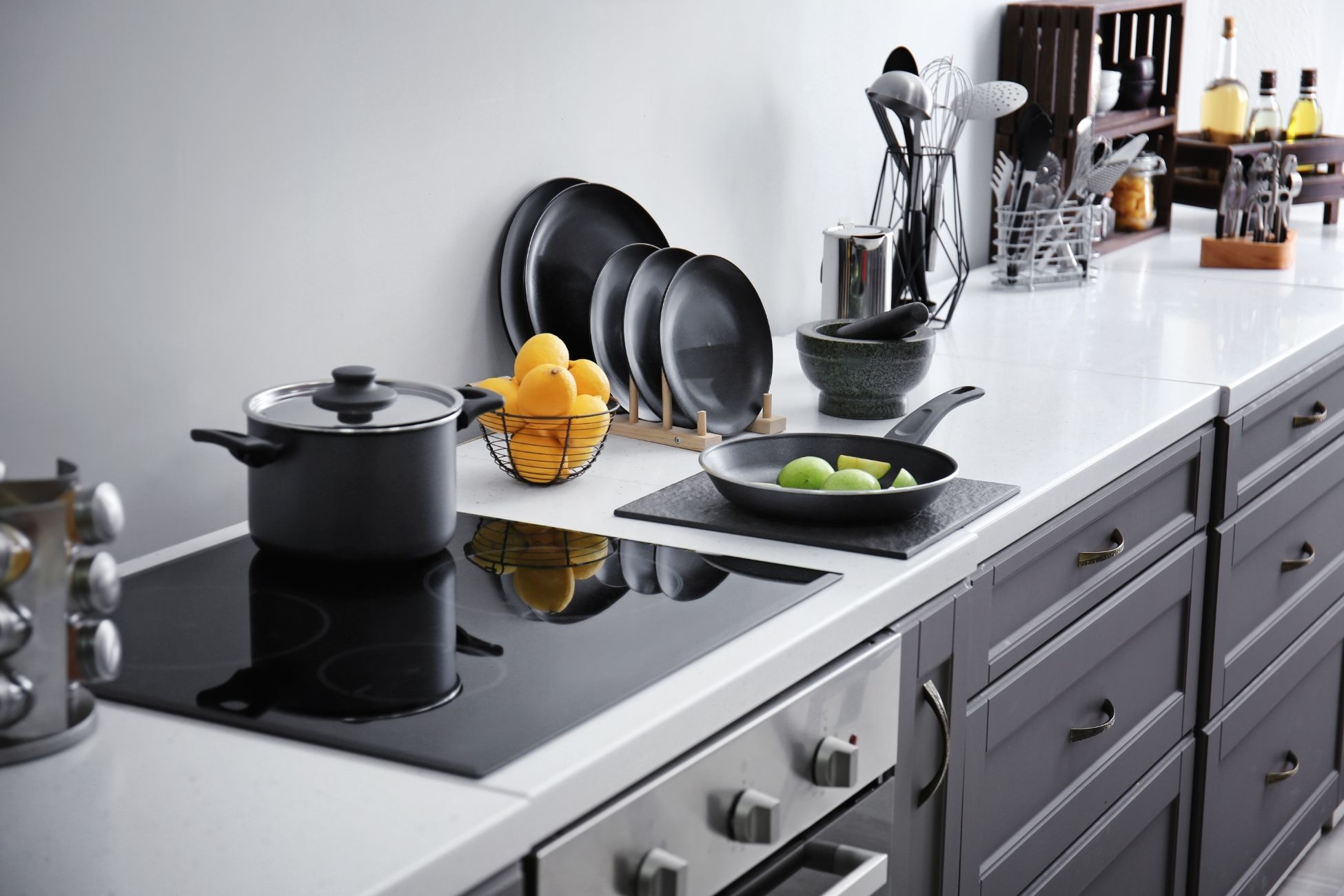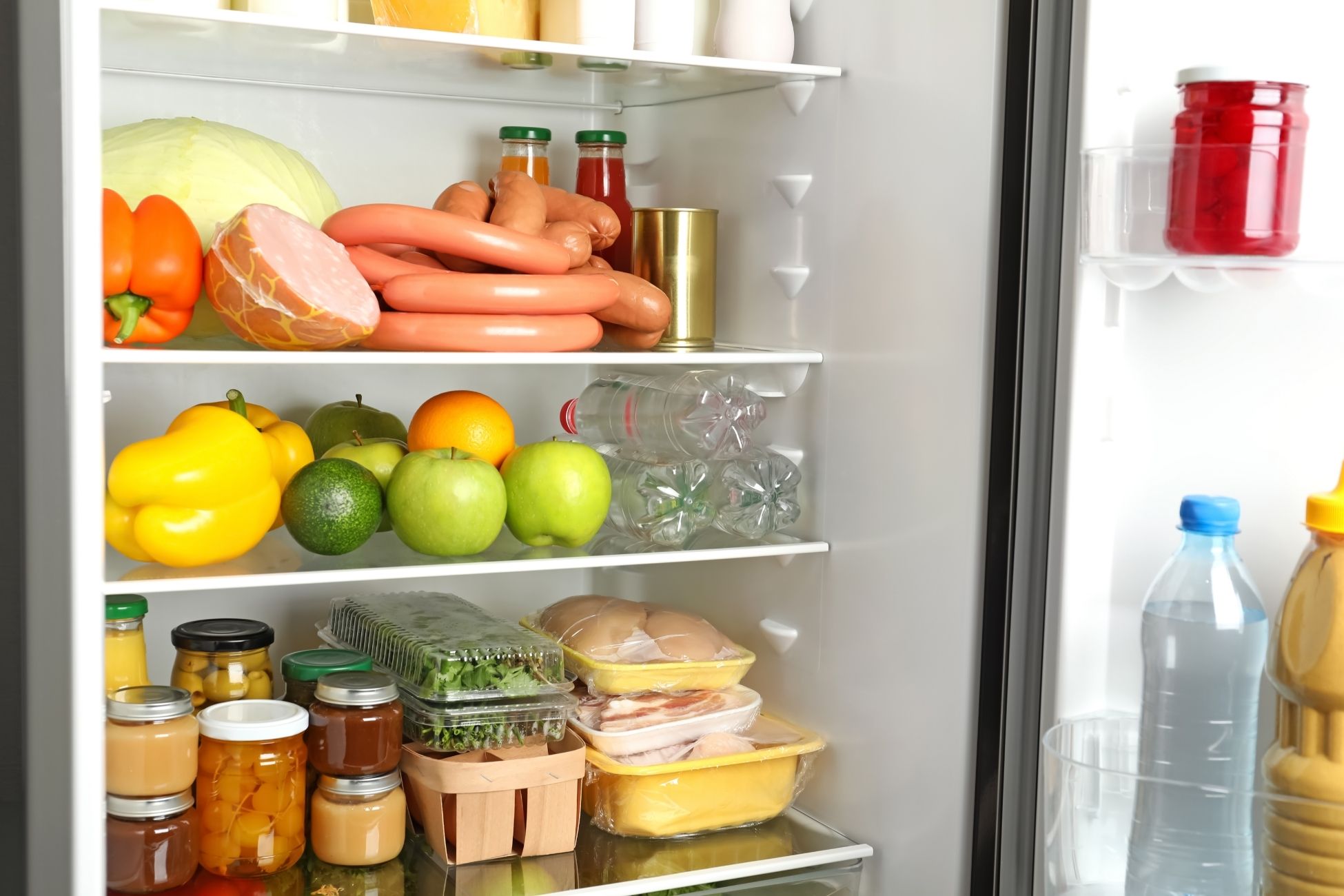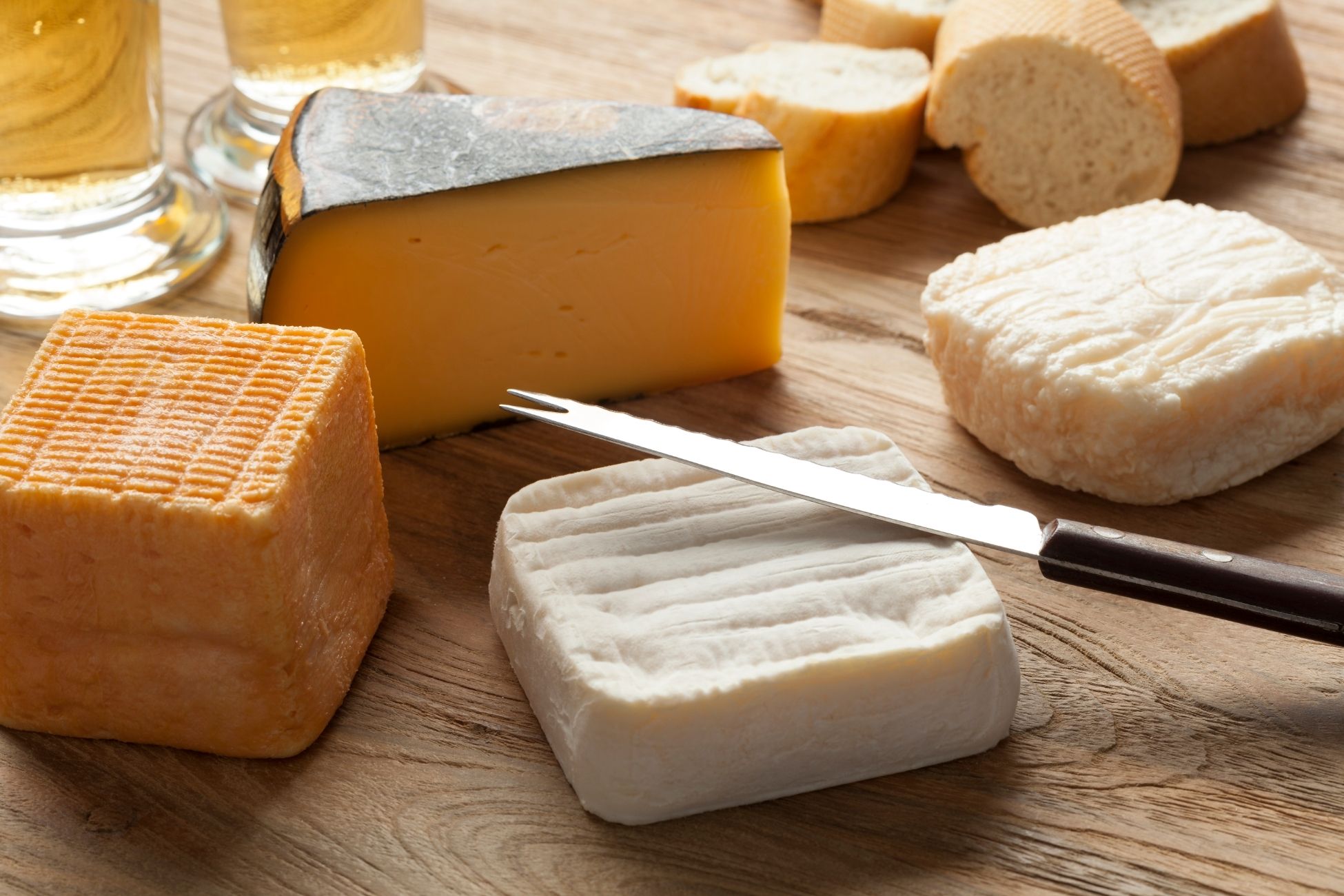After a move, the kitchen should be the first priority to be unpacked so you can begin preparing meals. The space should be functional, organized and comfortable. If you’re moving into a new home, there’s a chance it hasn’t been properly cleaned. Before unpacking, take some time to clean especially where you’ll be putting dishes, cutlery, and glasses. Be sure to also clean your countertops and sinks. Next, go through the space and imagine how you’ll be doing your usual chores and activities. Where would you normally reach for supplies? You’ll get a better grasp of where items should go. Take Inventory. If you haven’t already labeled the contents of each box, go through to see what’s inside. Unwrap larger items and take stock of what you have to sort and organize. Do this first or you may place an item in one place, then have to move it to another later. Start Unpacking. Start with the areas that will be used the most, such as the stove and sink. The storage near these areas will be the most accessible. Anything stored above eye level will be difficult to reach. Start unpacking the essential items you’ll be using everyday in the most accessible spaces. For example, cutlery in the drawer immediately to the side of the sink. Arrange by Frequency. Apply the same method to the rest of your cupboard spaces. Place bowls, cups and plates you’ll be using every day on a shelf that is at eye level or lower. Pots and pans should be near the stove along with their lids. Put items you won’t be using as often in lower drawers such as baking sheets or roasting pans. Keep toxic items in hard-to-reach places especially if there are young children. Organize. Store canned goods and dry food in a pantry space that is separate from dishes. Spices can be closer to the stove since you’ll want those to cook. After you spend some time in your home, you’ll establish a routine for cooking, cleaning and eating. Adjust your items if they don’t work along your routine. Make your kitchen work well for you and your family. Source: the Spruce










